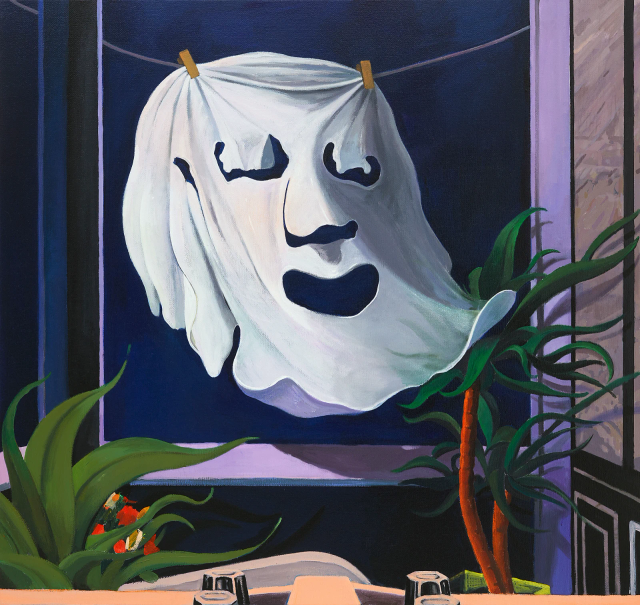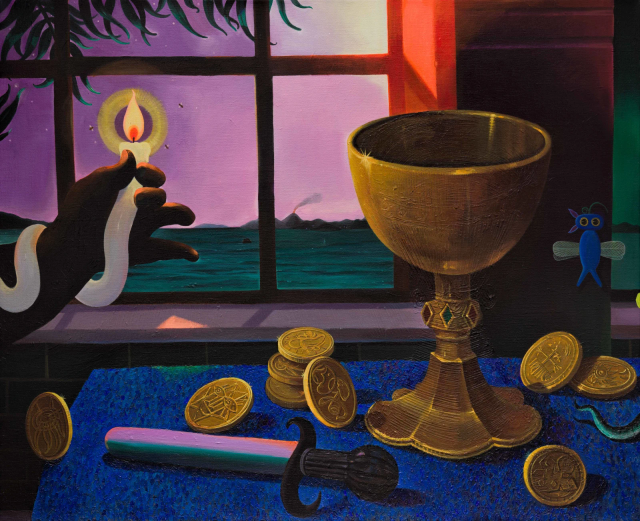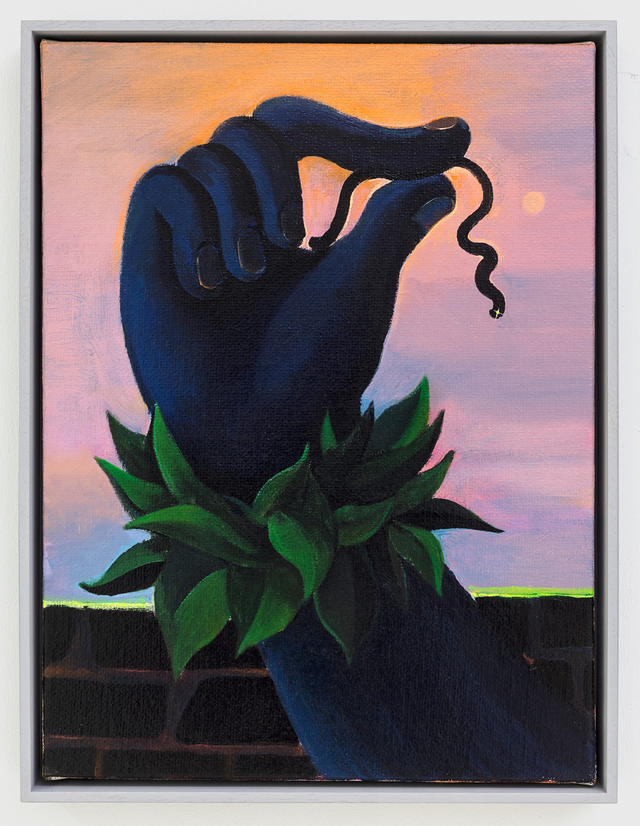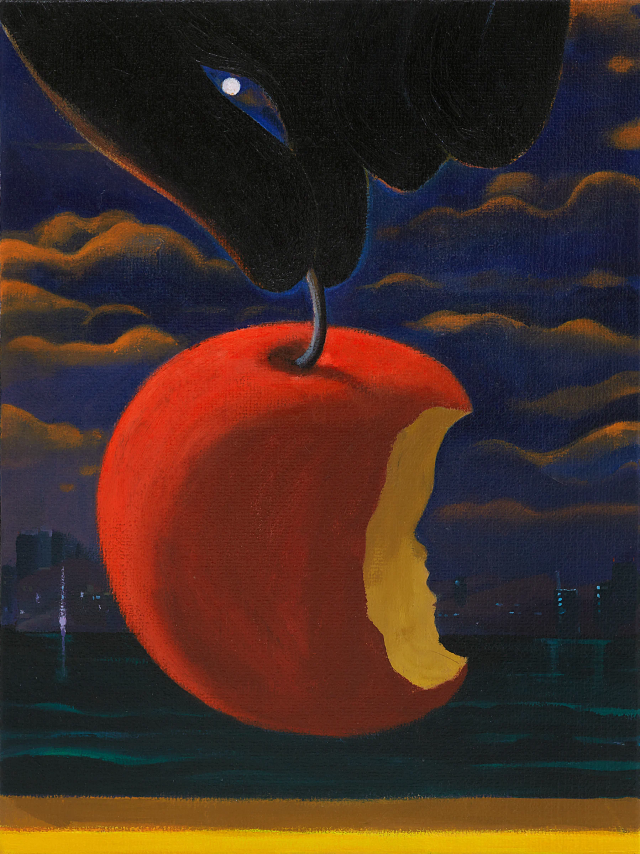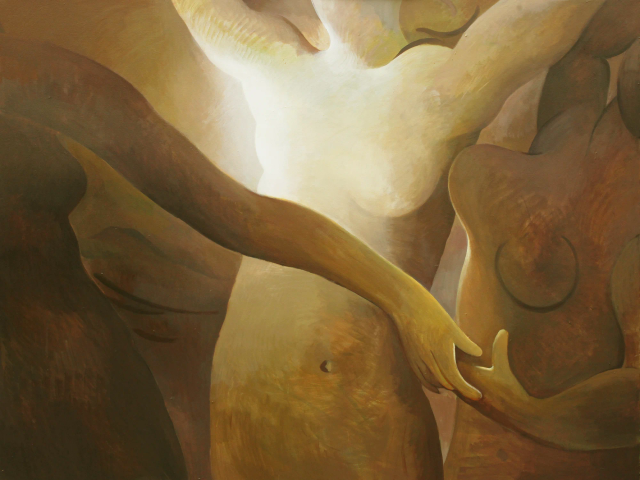Cai Zebin
Cai Zebin's paintings, frequently characterized by their whimsical and fantastical elements, are informed by his profound understanding of art history and literature. He reinterprets established motifs and techniques, using them to assess the act of painting and, in the end, the creation of art.
Biography of Cai Zebin
Cai Zebin was born in 1988 in Guangdong Province. In 2012, he received his BFA from the Guangzhou Academy of Fine Arts in Guangzhou, China.
The artist presented his solo projects at various art fairs, including Artissima in Italy (2022) and Paris Internationale in France (2019).
Cai Zebin's notable solo exhibitions include "From rue Perrel to Southern Gothic" at TC101 SPACE, The Chinese University of Hong Kong (Shenzhen) in Shenzhen (2022), "Hello, Self-portrait" at L21 in Palma, Islas Baleares (2021), "A Revisit at 2 bis rue Perrel" at Capsule Shanghai in Shanghai (2020), "The Defense" at Capsule Shanghai in Shanghai (2018), "Olive" at NUOART Gallery in Beijing (2015), and many more.
The artist has also participated in numerous group shows, including "Universes 5" at The Hole in New York (2022), "Salon de Peinture" at Almine Rech in New York (2021), "12 Artists" at Harper's Gallery in New York (2020), "Night Tour of the Pearl River" at Guangdong Museum in Guangzhou (2019), "Ambiguous Form" at Ying Space in Beijing (2016), among others.
Currently, Cai Zebin lives and continues to create in Shantou, China.
Cai Zebin's Art Style
Cai Zebin is acclaimed for his representations of chess pieces, which take on various perspectives, sizes, and unconventional settings. In "Fulcrum" (2017), a pair of bishops serves as the heels of imaginative shoes, while in "Nameless Flowers" (2017), a king and a queen peer out from within flower petals.
In "Invitation to a Beheading" (2017), one of his most renowned works, chess pieces are depicted upside down or with their black undersides exposed, while pocket knives may symbolize the guillotine. The painting channels the spirit of 18th-century Romantic paintings, not only through its dark color palette but also through the artist's creative process.
Zebin reappropriates artworks from the annals of art history to reevaluate them within his unique visual language. The vertically structured composition found in the 2017 paintings "The Pray Without Hooliganism" and "Choose Neither Completeness nor Amulet" evokes memories of Cubist geometric abstractions. The drapes in "Fruits" (2017) allude to the work of American painter Andrew Wyeth in "Window" (1947), while the knight piece draws inspiration from the French painter Jean-Baptiste-Siméon Chardin's "The Ray" (1728).
Years:
Born in 1988
Country:
China, Shanghai
Gallery:
